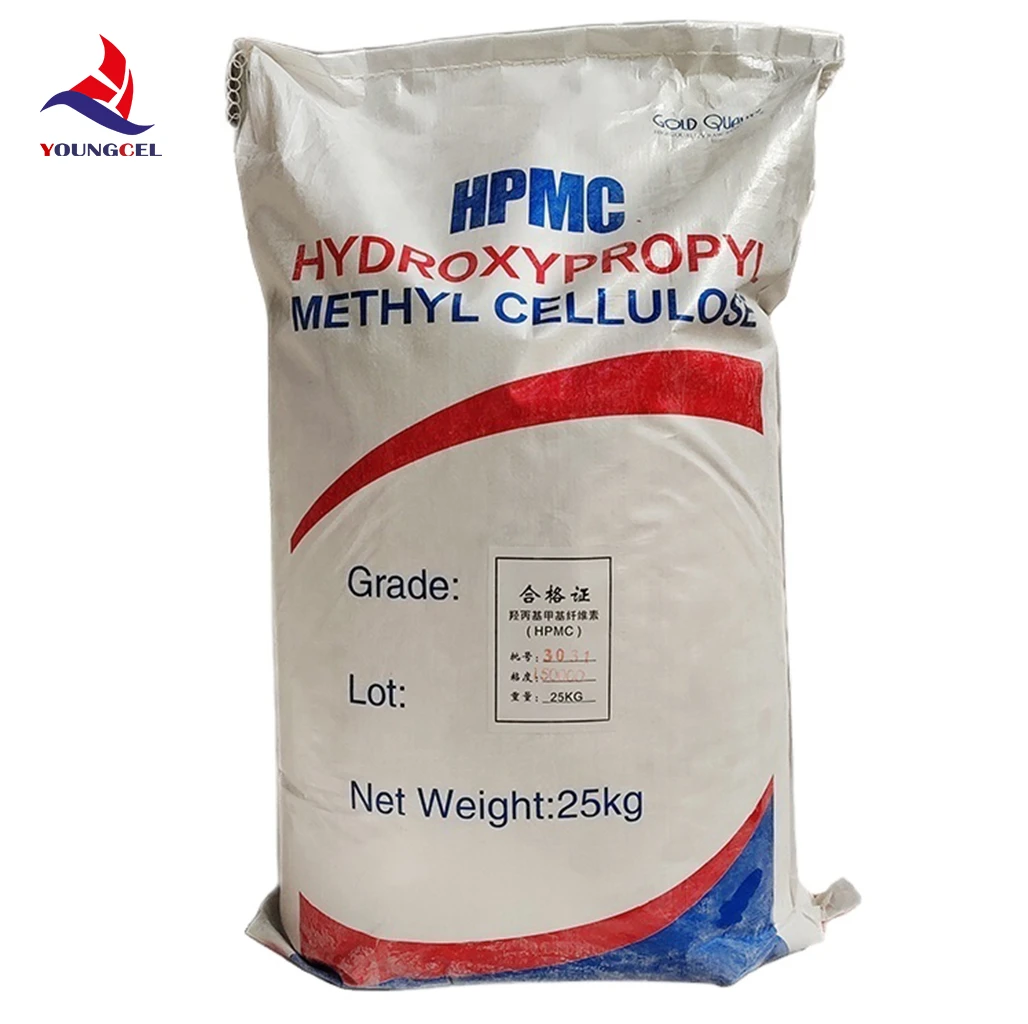Understanding Cellulose and Hydroxypropyl Methylcellulose (HPMC)
Cellulose is a natural polymer derived from plant cell walls, characterized by its high strength and resistance to degradation. It plays a crucial role in various industries, particularly in the production of food, pharmaceuticals, and construction materials. Its versatility can be attributed to its unique structural properties, which allow it to form complex arrangements that enhance its functional characteristics.
Understanding Cellulose and Hydroxypropyl Methylcellulose (HPMC)
In the food industry, HPMC acts as a thickening agent and stabilizer, improving the texture and quality of various products. It is commonly used in gluten-free baked goods, sauces, and dressings, where it helps to mimic the properties of gluten. Additionally, HPMC can enhance the mouthfeel of low-fat products, making them more appealing to consumers.
celulose hpmc

In pharmaceuticals, HPMC is vital for the formulation of controlled-release medications. It serves as a matrix former, helping to regulate the release of active ingredients in the body. This property improves drug efficacy and patient compliance, as medications are released at a consistent rate over time. Furthermore, HPMC is used as a binder in tablet formulations, providing structural integrity and improving the compressibility of the tablets.
Another significant application of HPMC is in the construction industry. It is often used in cementitious products such as tile adhesives, plasters, and mortars. HPMC enhances the workability of these materials, allowing for easier application and improved adhesion to surfaces. Furthermore, its water-retaining properties prevent quick drying, ensuring longer open times for construction work.
Environmental concerns have increased the interest in sustainable materials, and cellulose derivatives like HPMC align well with this trend. Being derived from natural sources, HPMC is biodegradable, making it an eco-friendly alternative to many synthetic polymers.
In summary, cellulose and its derivative, Hydroxypropyl Methylcellulose, are integral to modern industry. Their unique properties enable a wide range of applications, from food and pharmaceuticals to construction materials. As the demand for sustainable and effective solutions grows, understanding these compounds and their benefits will be essential for future innovations.
-
The Application and Significance of Construction RdpNewsMay.19,2025
-
Industrial Grade HpmcNewsMay.19,2025
-
Building Coating Adhesive Building Coating Adhesive HpmcNewsMay.19,2025
-
Application Of Hpmc For Detergent For Detergent In DetergentsNewsMay.19,2025
-
Application Of Hpmc Cellulose In Cement-Based MaterialsNewsMay.19,2025
-
Application Of High Quality Hpmc For Construction In The Field Of ConstructionNewsMay.19,2025




